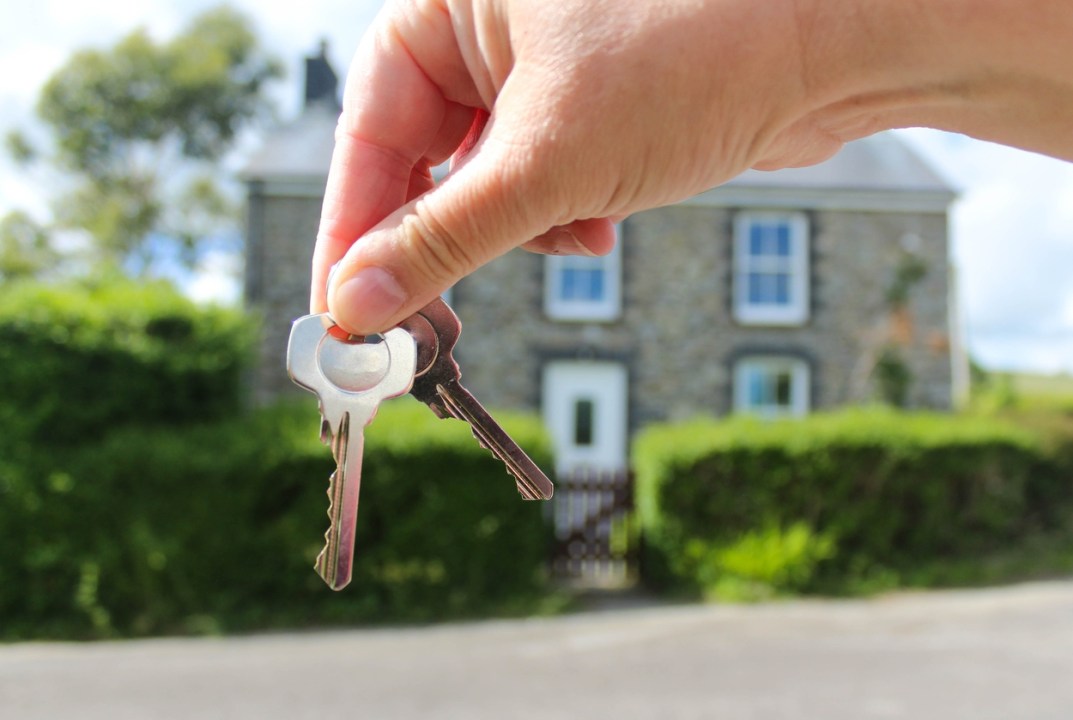Did we end up learning anything from the 2008/09 financial crisis? If we did, we seem to have forgotten it pretty quickly again, to judge by the re-emergence of the 95 per cent mortgage. Numerous deals have been launched over the past week, with interest rates of around four per cent – the result of the Chancellor’s Budget initiative for the government to underwrite such loans.
If you can sum up what went wrong in the late 2000s in one sentence it is that in their determination to grow their share of the mortgage market, banks overlooked that fact that it takes very little to turn a secured loan into an unsecured one. It ought to be obvious that if you buy a property with a 95 per cent loan-to-value mortgage, a mere five per cent fall in the value of your home will wipe out all the equity which you have out into it. That is not just a problem for you but a problem for your mortgage-lender, too, who advanced you your loan in the basis that it could repossess your home in the event of you defaulting on your mortgage repayments and sell off the property without making a loss. Had the mortgage-lender not been confident of doing this, then it would not have offered you the loan, or at least not at such an advantageous interest rate – you would have had to pay the sort of rate you pay on your credit card, the loan you used to buy your car, or other such unsecured loan.
Property might seem a relatively stable investment compared with the stockmarket, which typically will go up and down by a per cent or so in a single day. Yet it takes virtually nothing for the value of a home to fall by five per cent. Even without a general fall in the housing market, new homes can struggle to achieve their resale value as soon as the first buyers have moved in and started scuffing the kitchen tops and so on – there is a very particular market for new homes, which, like new cars, can be sold at a premium if they smell new. Or look at the cladding scandal, which has rendered many thousands of homes unsaleable until remediation work takes place. That has dragged a whole new generation of homebuyers into negative equity. Plans for new roads, new housing estates, bad neighbours’; all can easily devalue a home by five per cent or more.
While banks generally stopped issuing 95 per cent mortgages after 2009, the government decided that if they weren’t prepared to take the risk, then the taxpayer should stump up the security instead. The result was George Osborne’s Homebuy scheme, in which the government (ie taxpayer) guaranteed the first 20 per cent loss made by a bank on the sale of a repossessed property. That expired some time ago, but now Rishi Sunak has revived it. The consequence is that in a future housing crash, it won’t so much be a latter-day Northern Rock which takes the strain – it will be Her Majesty’s Government.
The puzzling thing is why Rishi Sunak thought these mortgage guarantees were needed, given that the housing market was already motoring along, thanks in part to the stamp duty holiday. Moreover, first time buyers have been gradually returning in recent years as tax changes tilted the market away from investors. If homes are too expensive for young people to buy it is largely on account of land prices being so high. The planning system creates an artificial shortage of building land, which then feeds through into the prices of new homes, and thence to all homes. If the Chancellor wants to make homes more affordable, this is where he should look – at how to resolve this artificial shortage and so bring down the cost of land. There are ways of doing this – not uncontroversial – such as doing what the new towns corporations did, and compulsorily-purchasing development land at agricultural prices. That would of course annoy some, not least homebuilders who have sent years accumulating valuable land banks. But it would be better than the futile act of trying to pump up the housing market with taxpayer-backed loans, which merely creates extra demand without extra supply.







Comments